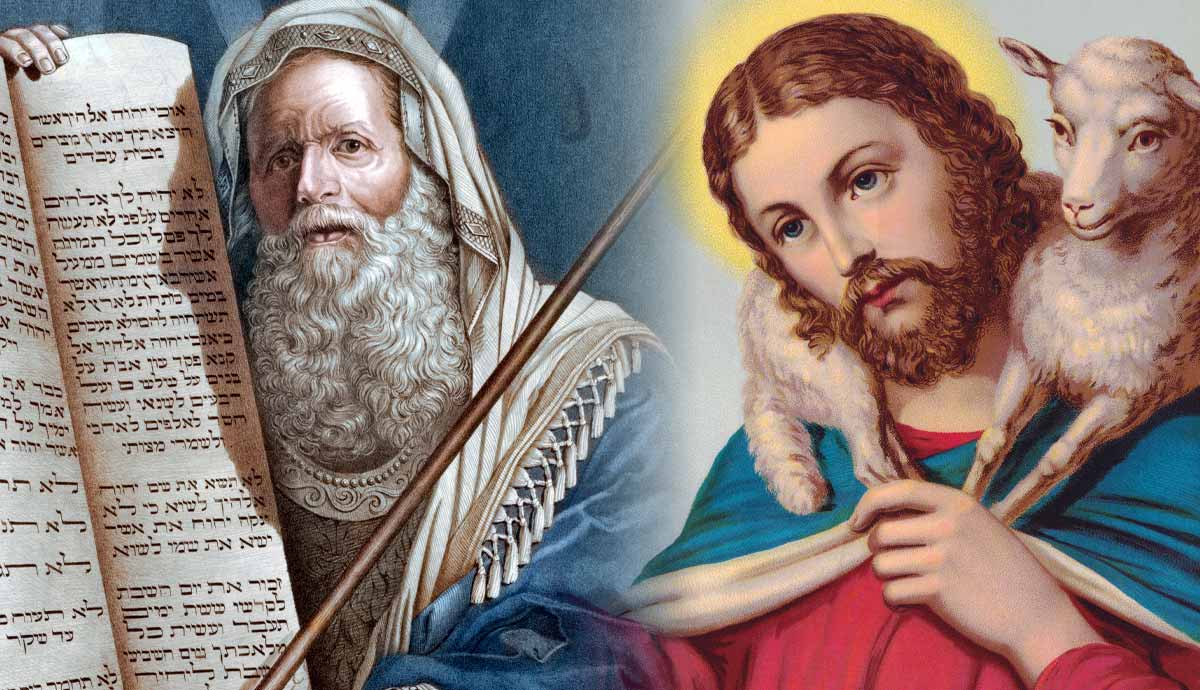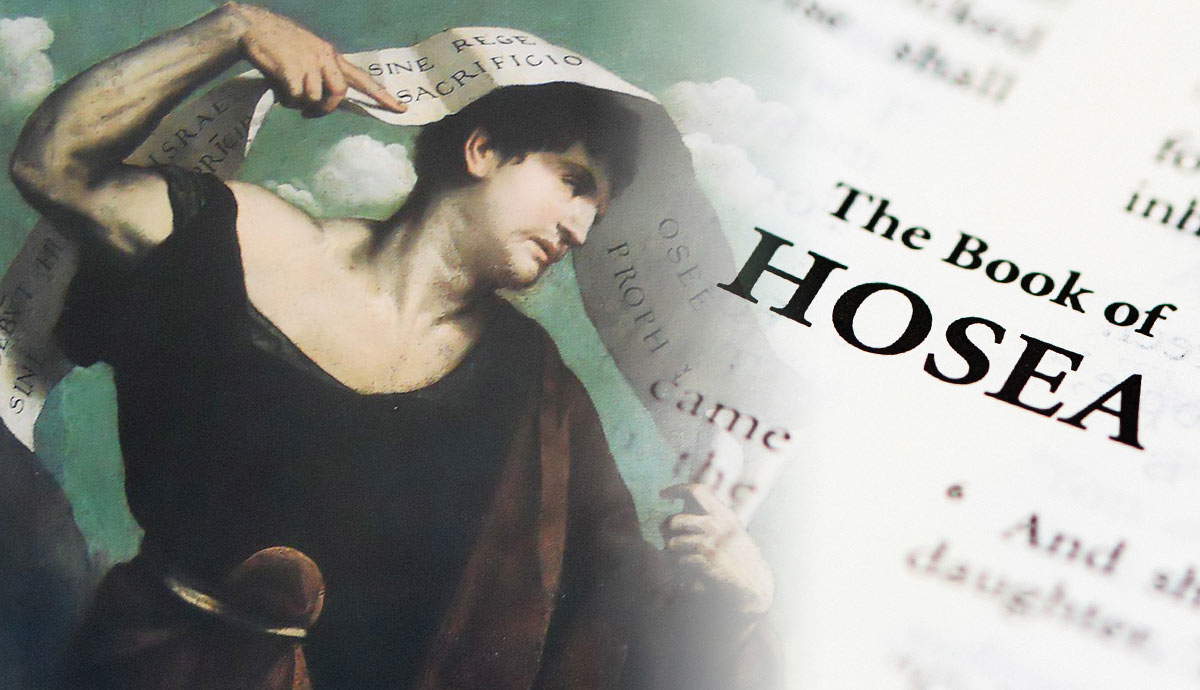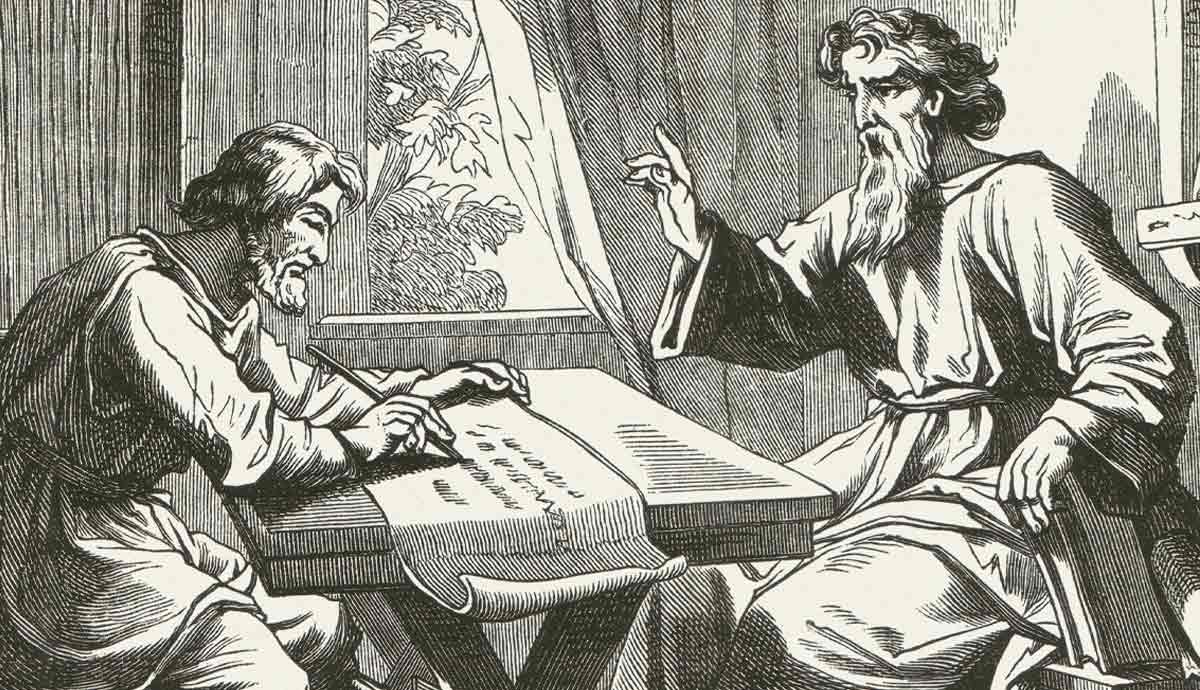
For many years, Bible versions that contain only the New Testament and Psalms have been available on the market. Understanding what the Bible is all about would be impossible if readers only have access to this limited version of it. The relationship between the Old and New Testaments is much too important to disregard the former. When we consider the New Testament closely, we will find that it relies heavily on prophecy, imagery, types, and promises from the Old Testament to build its theology.
The Unity of the Testaments

Christians sometimes tend to separate the Old and New Testaments too much, missing the unbreakable link between the two. With the complete canon of the Bible, Old and New Testament in hand, it is easy to forget that this has not always been the case. When the authors of the New Testament wrote, they had no idea that their writings would become canon on an equal footing with the Old Testament. Most would likely have objected to the suggestion that their work be considered part of scripture at any stage.
These authors only knew the Old Testament. When they refer to the scriptures, they had only the Tanakh in mind. The Tanakh is the Law (Pentateuch or first five books in the Old Testament), the Prophets (Isaiah, Jeremiah, Ezekiel, Daniel, and the like), and the Wisdom Writings (like Psalms, Proverbs, and Song of Songs), what we know as the Old Testament.
Jesus, having the same context of what the scriptures constituted, said that the Old Testament referred to him even before the first word of the New Testament was written. He argued: “You search the Scriptures because you think that in them you have eternal life, and it is they that bear witness about me, yet you refuse to come to me that you may have life” (John 5:39-40).

So, when Paul writes: “All Scripture is breathed out by God and profitable for teaching, for reproof, for correction, and for training in righteousness,” he does not have the New Testament in mind, because it did not exist then. He referred to the Hebrew scriptures. Today we use that verse and include the New Testament, and rightly so, because it became part of the Biblical canon a couple of centuries after Paul wrote. The oldest known list of the books we know as the New Testament appeared in a letter by Athanasius that dates to 367 CE.
Several references in the New Testament show that when the Bible mentions the “Scriptures,” it refers to the Old Testament. Here are two examples:
Luke 24:27
“And beginning with Moses and all the Prophets, he interpreted to them in all the Scriptures the things concerning himself.”
Luke 24:44
“Then he said to them, ‘These are my words that I spoke to you while I was still with you, that everything written about me in the Law of Moses and the Prophets and the Psalms must be fulfilled.’”
These two examples show how Jesus regarded the authority, legitimacy, relevance, and applicability of the Old Testament in New Testament times. It highlights how the modern Christian should read the Old Testament as a source that points to Christ and the faithfulness of God in fulfilling his promises.
Old Testament Promises and Prophecies

A common misconception today is that the New Testament undid all that the Old Testament had established. Rather, the New Testament is the fulfillment of the Old which is what Jesus said during his Sermon on the Mount:
Matthew 5:17-18
“Do not think that I have come to abolish the Law or the Prophets; I have not come to abolish them but to fulfill them. For truly, I say to you, until heaven and earth pass away, not an iota, not a dot, will pass from the Law until all is accomplished.”
From this passage, it is evident that abolishment is not synonymous with fulfillment. Fulfillment means satisfying the requirements, bringing something to full realization, or meeting an obligation. In a sense, the New Testament records how Christ fulfilled the law and the prophets in all three ways.
The Ten Commandments were a set of laws given to Moses to present to Israel, God’s people. God did not give his people a set of rules that will lead to salvation if they are obeyed. Rather, God gave them after he saved his people from Egypt in recognition of the fact that he had saved his people (Exodus 20:2).

The Old Testament relates how man fell into sin (Genesis 3). After the fall, there was a continuous line of people who remained faithful to God, though they often made mistakes and did unthinkable things. Yet, God always remained faithful and promised to send a redeemer to save humanity. God made a covenant with Abraham that from him a nation would arise that would be his people. In Abraham’s seed, all the nations of the world would be blessed. The promise pointed to a savior who would be born and restore the relationship between man and God, paying the price for the sins of man.
In the Old Testament, many prophecies, types, and promises prefigured events that came to fruition in the New Testament. Scholars generally agree that there are more than 300 Messianic prophecies in the Old Testament that met their fulfillment in the New Testament. Some of these prophecies that were fulfilled related to the birthplace of Jesus (Micah 5:2; Matthew 2:1), the virgin birth (Isaiah 7:14; Matthew 1:22-23), the lineage of Jesus (Jeremiah 23:5; Matthew 1:1), his betrayal for thirty pieces of silver (Zechariah 11:12-13; Matthew 26:14-15), and his crucifixion (Isaiah 53; Psalm 22; Matthew 27; Mark 15; Luke 23; John 19). The Gospel of Matthew points out many of these prophetic fulfillments.
The Old Testament also presents many types that meet their anti-type in the New Testament. Arguably the most notable is the lamb in the Old Testament sanctuary system that prefigured Christ (John 1:29). God also promised a New Covenant he would make with his people (Jeremiah 31:31-34). In the New Testament, Hebrews 8:8-9 quotes from Jeremiah 31 when it shows that the promise of a New Covenant was fulfilled in Christ.
Theological Underpinnings

As the reader reads through the Bible, there is a progressively greater revelation of who God is and how he faithfully and justly deals with his people. Where initially there is only a prefiguring—promises, and prophecies about the coming Messiah—the fulfillment comes in the New Testament. This is how the author of Hebrews also understood the self-revelation of God when he opened his epistle with the words:
“Long ago, at many times and in many ways, God spoke to our fathers by the prophets, but in these last days, he has spoken to us by his Son, whom he appointed the heir of all things, through whom also he created the world.”
(Hebrews 1:1-2)
Throughout his epistle, he shows how that which the Old Testament presented, met its fuller, more effective, and more perfect fulfillment in Jesus Christ.
The New Testament has its theological foundation in the Old Testament. Without the Tanakh, the New Testament would make much less sense and have much less depth in its meaning and significance. In a sense the Old Testament allows the New Testament to come to its fullness as the climax of the message of salvation.
It is important to note that not all the promises and prophecies of the Bible have been fulfilled. Some, like the promises and prophecies about the Second Coming, must still be fulfilled. The evidence of fulfilled prophecies and promises in the Old and New Testaments provides certainty in the psyche of believers that these yet unfulfilled promises and prophecies will also be fulfilled like those before.

Progressive revelation continues until Christ is fully revealed to believers when he comes in glory with the heavenly host as described in Revelation 19. The same revelation was available to Enoch before the flood according to James 14-15.
The New Testament is like a sequel to the Old. The Old Testament serves as a back story that sets the stage for the hero to reveal himself in the New Testament. The New sees the main character, Jesus Christ, unmask the forces of evil, and conquer them in a surprising way that was enigmatically revealed before, but could only be fully appreciated after.
The Old Testament gives a sense of depth and purpose to the New Testament that it would not have had, was it not for the hand of God that could be seen at work throughout history. It shows that God is reliable and faithful to his people, keeping his promises in every instance. It also shows his foreknowledge through the prophecies that span generations and even millennia. When the Old and New Testaments are read as two parts of a grand narrative about the love and commitment God has for his people, it paints a comprehensive picture of the character of the creator of heaven and earth who became a man, suffered, and died to restore the eternal relationship he has always wanted with his people.










